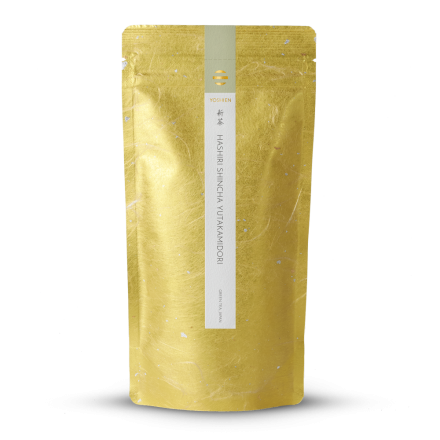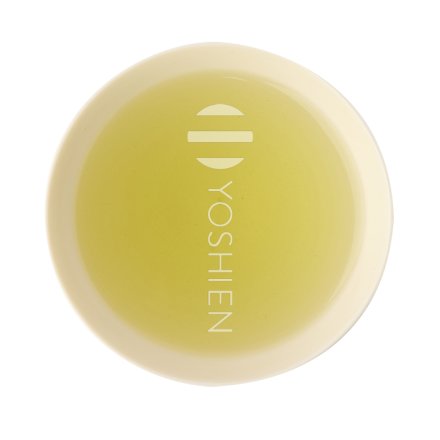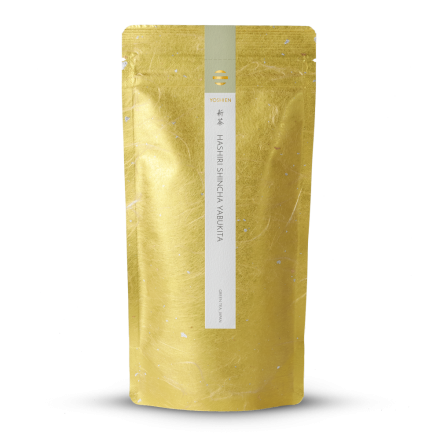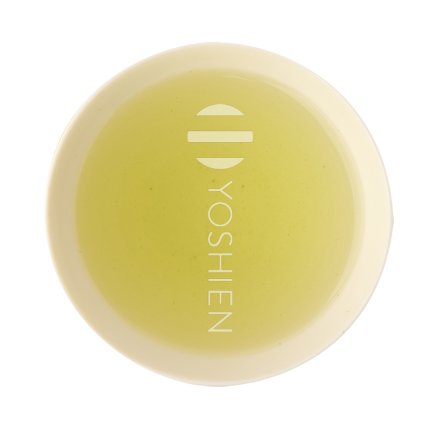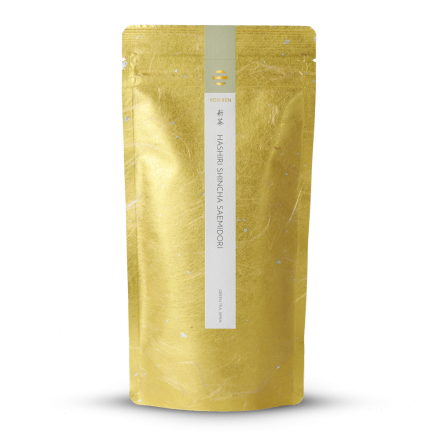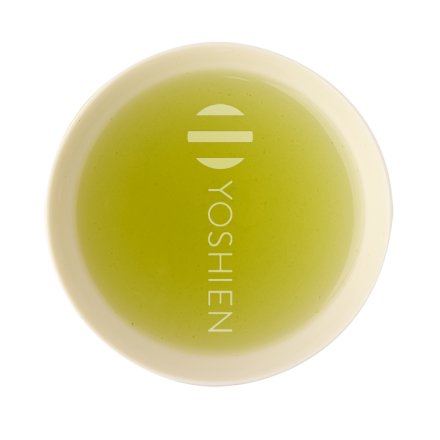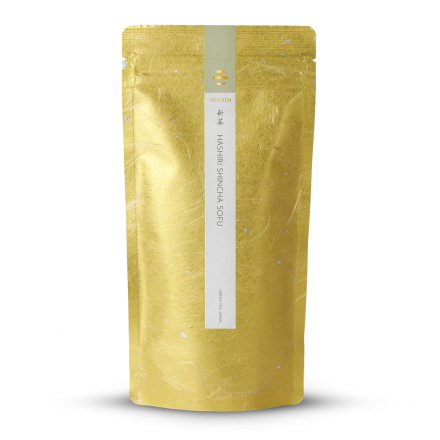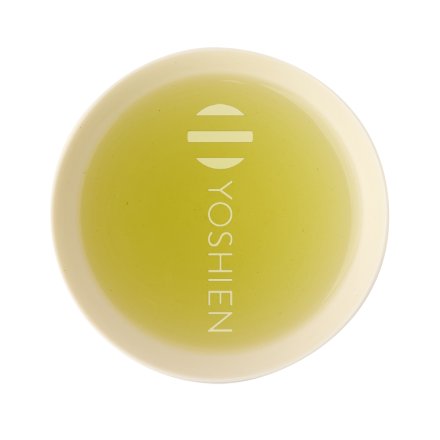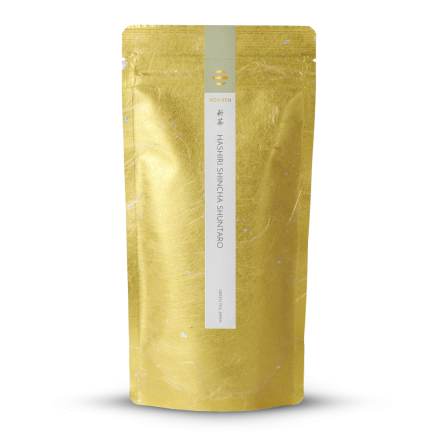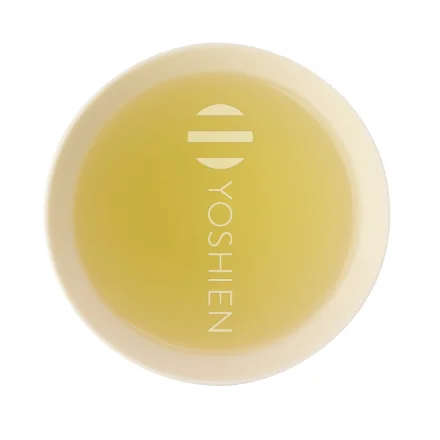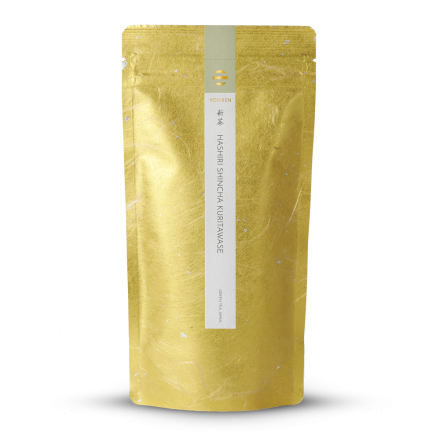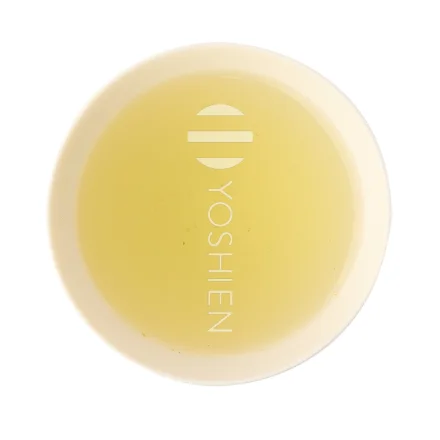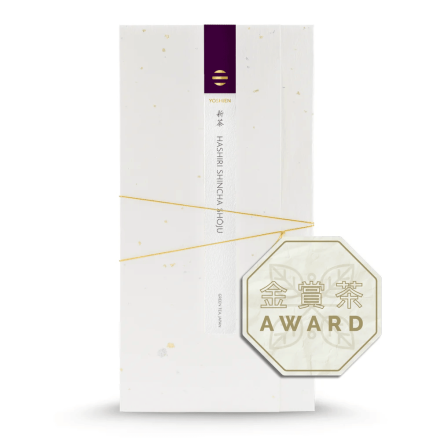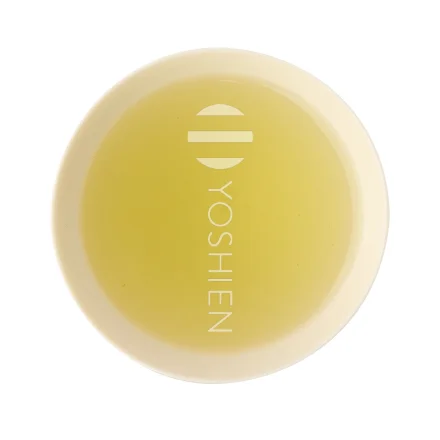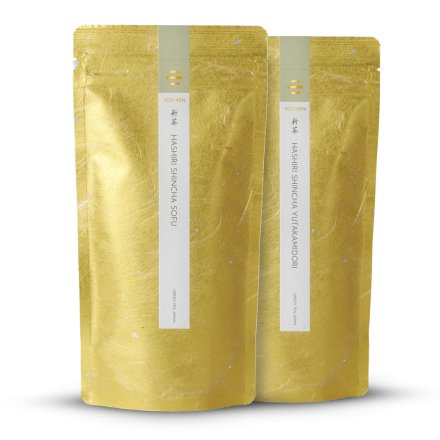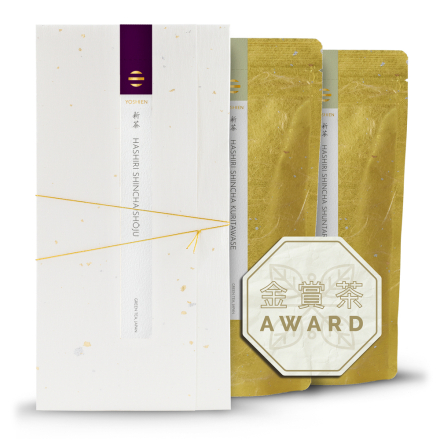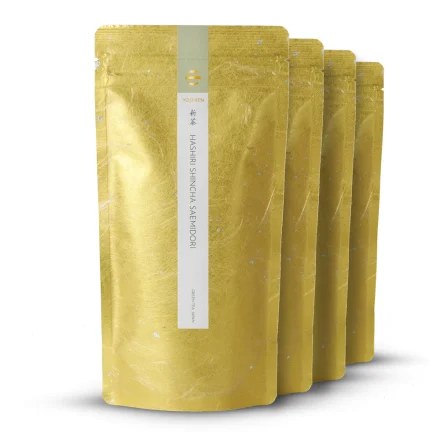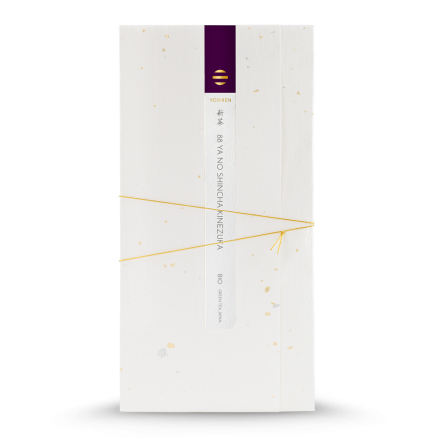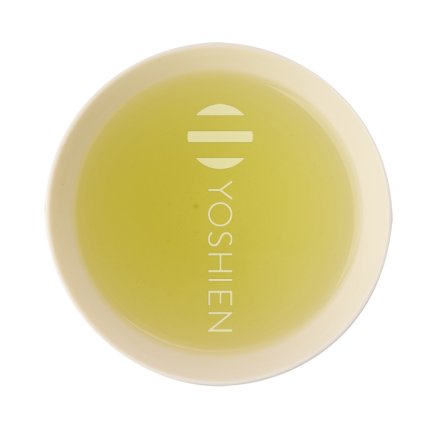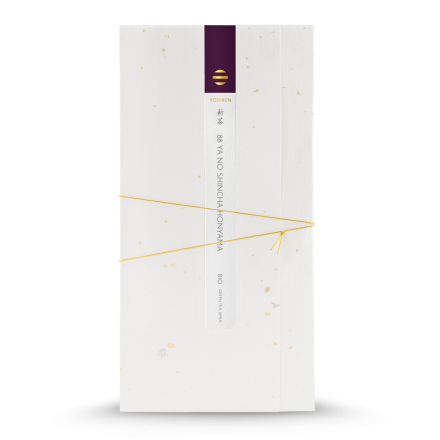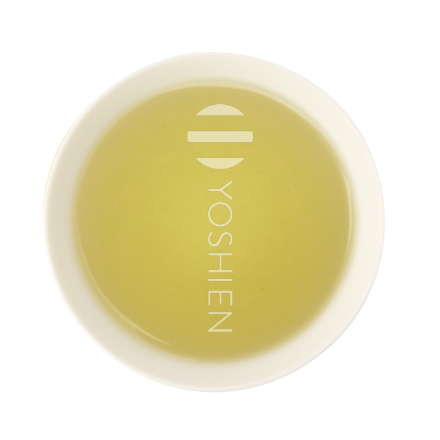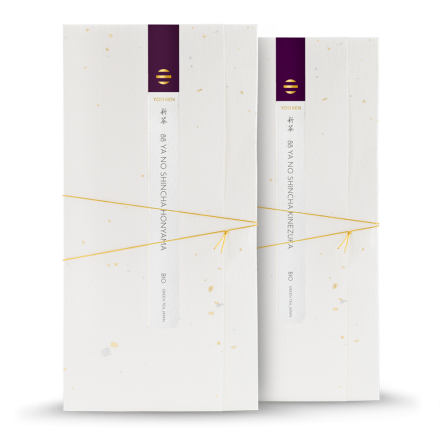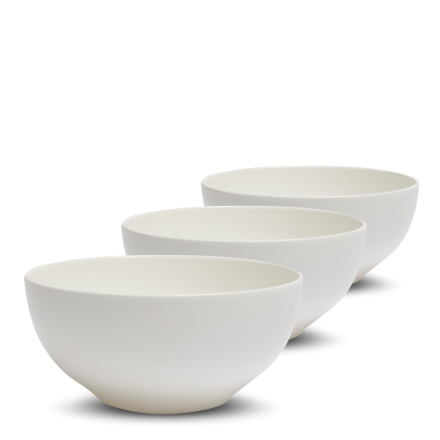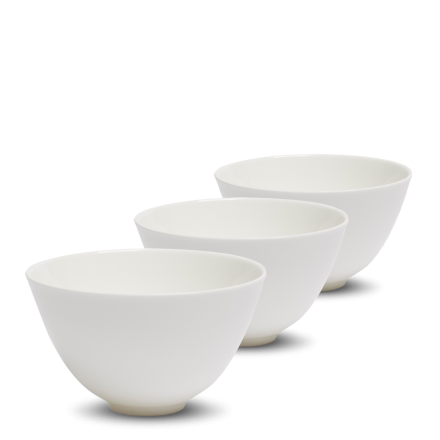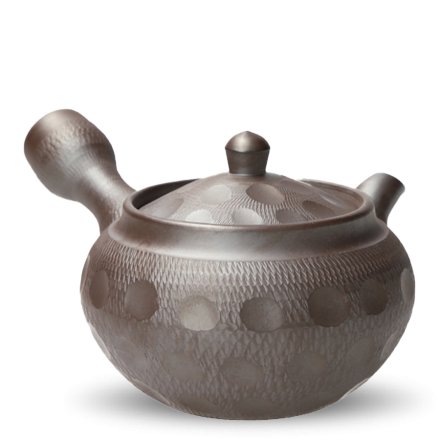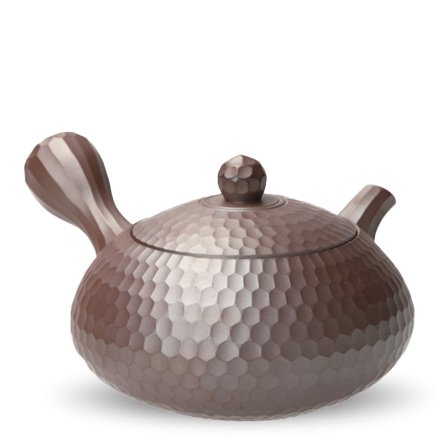2025 Shincha
Shincha is the highly sought-after, very first spring tea of the green tea season formerly reserved for the Emperor and nobility of Japan. Extremely fresh, nourishing and revitalising. Air-freighted directly from the tea farms. Only while stocks last.
Shincha – First Flush Green Tea from Japan
Perhaps no other tea is as eagerly awaited by lovers of Japanese green teas as the very first tea of the season. Shincha (新茶), literally "new tea", refers to the particularly aromatic and nutrient-rich first Sencha harvest of the year and is considered a flagship product for many tea farms. Thus, during the Shincha season – typically from early April to late May, depending on the region – large flags and colorful signs with the word Shincha can be found at the entrance of tea shops or tea farms throughout Japan, drawing attention to the availability of the new First Flush Green Tea.
A special feature among the Shincha from Japan is the so-called "Hashiri Shincha" (走り新茶), which we at Yoshi en are particularly proud of. Literally meaning "precursor" or "pre-seasonal" first tea, these Sencha are the very earliest Shincha teas from far south Japan, where the harvest can take place as early as March. Additionally, the 88-ya no Shincha (八十八夜の新茶), or "New Tea from the 88th Night", is of great importance. This tea is picked exactly 88 days after the traditional start of spring and is especially popular as a tea gift - as it is believed to bring luck and satisfaction all year round. The number 8 (or 88) - written in Kanji as 八 - is also considered auspicious because its shape resembles the sacred Mount Fuji.
Hashiri Shincha – Special Cultivars & Terroirs
Only thanks to the subtropical island climate and the special cultivars can the harvest of the first Hashiri Shincha take place as early as March. The islands of Tanegashima and Yakushima, located to the south of Kagoshima Bay, offer optimal conditions for particularly early growth with their year-round warm oceanic climate. The cultivars are of great significance here - only so-called Wase cultivars (早生品種 "Early-flourishing cultivars") such as Kurita-wase or Shoju reach harvest maturity at this early point. Unlike other cultivars, which go into deep hibernation during the cold season and must be gradually awakened by the spring sun, these cultivars are merely in a light slumber and produce strong, new shoots with the first breath of spring.
Aroma & Nutrients – Is Shincha tea healthy?
Shincha is characterized by its unparalleled freshness and vitality - drinking it almost makes you feel as if you are in the midst of a shimmering green tea field, bursting with springtime vitality. Thanks to its abundance of nutrients, Shincha has a particularly stimulating effect on the body. The southern geographical location contributes to the intensity of the sun, allowing for the development of a high number of catechins known for their health benefits - without excessive bitterness thanks to the early harvest time. Shincha is therefore an ideal choice for both gourmets and health-conscious tea drinkers.
Buying Shincha Tea at Yoshi En
At a time when modern cooling chains and airtight packaging were not yet conceivable, Shincha held a very special status in Japan. While teas stored for many months from the previous year had already lost much of their aroma, viscosity, and color (the Japanese word for brown is "Chairo", literally "tea color"), only Shincha offered the full, fresh enjoyment of green tea – which is why only the Emperor and high nobility could partake in this rarity. Yet even in modern times, the magic of Shincha has not faded. For although properly stored green tea matures very well and acquires a more harmonious character through maturation, only Shincha allows one to experience the original, unclouded vital force and juicy freshness of green tea in such an immediate way.
At Yoshi en, we curate exclusively Shincha from controlled pesticide-free or organic certified cultivation - thus, our Hashiri Shincha not only represent the earliest Japanese green teas of the new harvest available in Europe year after year, but also offer the purest and unclouded tea enjoyment of the highest quality. All Shincha are packed immediately after harvest on site in Japan for us and reach us as fresh from the field. Due to the very limited harvest quantity of these gourmet Sencha and their strong seasonality, all Shincha are available only in limited quantities!
Recommended Teapot - Banko Kyusu
During our tasting of the Shincha, as in previous years, we preferred a Banko Kyusu crafted by a master. Banko clay contains a high iron content and is traditionally fired in a strong reduction atmosphere. As a result, Banko ceramics particularly enhance the rich umami flavor while making the tea appear especially elegant and harmonious. Despite the aromatic refinement that a Banko Kyusu imparts, the Shincha does not lose any of its naturalness, strength, or abundance of volatile aromas. As an alternative, a black Tokoname Kyusu is also well-suited for Shincha, which reproduces the tea in a relatively neutral manner and only slightly emphasizes the mineral character.



